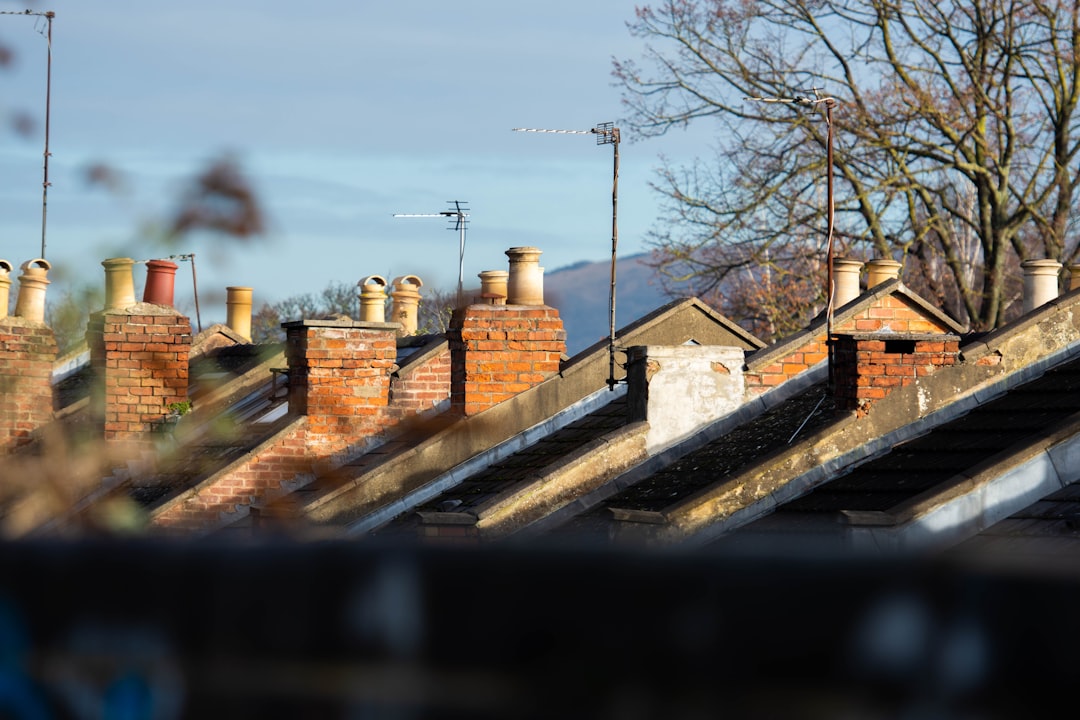Roofing Systems That Align With Local Real Estate Needs

Real estate thrives when property features match the expectations of local buyers. A roof serves more than its structural purpose. It influences energy efficiency, curb appeal, and insurance considerations. Whether a home sits near the coast or in a desert climate, the type of roofing system matters. Local preferences and weather patterns play a huge role in determining what works best for both short-term marketability and long-term value.
Buyers pay close attention to roof condition during the home search. Inspectors evaluate its materials, durability, and design to determine how it affects resale. A roof that meets regional standards and supports environmental demands becomes a valuable asset. Smart homeowners and developers choose roofing systems with purpose. They protect the property and meet buyer expectations at the same time.
Regional Weather and Its Impact on Roofing Choices
Weather conditions push certain roofing systems to the top of the list in specific areas. For instance, coastal properties face salt exposure and high humidity. Metal roofing resists corrosion and lasts decades under these conditions. Inland regions with intense heat call for reflective shingles or tiles that lower indoor temperatures and reduce cooling bills.
Storm-prone regions have even more at stake. High winds, flying debris, and heavy rainfall can damage outdated or poorly installed roofs. Homeowners may need a system that includes storm-ready roof reinforcement sooner rather than later. This extra layer of protection reduces the risk of costly damage. It also provides peace of mind for potential buyers who prioritize durability. Storm-resistant features often help lower insurance premiums, too.
Material Selection Based on Local Availability
Roofing material availability varies by region. In some areas, clay tiles dominate because of their historic use and regional charm. In other words, asphalt shingles offer affordability and quick installation. Builders must consider what the local market expects and what materials can be sourced efficiently. A mismatch can raise repair costs or create delays during construction or renovation.
Buyers often feel more confident when materials used on the home are familiar. They can evaluate maintenance requirements and cost estimates more easily. On the resale front, a roof with popular materials tends to sell faster because fewer questions arise during inspection and appraisal. It blends into the neighborhood and meets lender expectations during closing.
Energy Efficiency Drives Demand
Local energy costs heavily influence roofing decisions. In sun-drenched locations, cooling bills spike during summer months. Homeowners seek roofs that reflect light and maintain attic ventilation. These upgrades contribute to long-term savings and appeal to eco-conscious buyers. The real estate market responds well to listings with energy-efficient features.
In colder climates, different efficiencies matter. Roofs need to retain heat and resist ice dams. Certain materials and designs perform better under snow loads and freezing temperatures. A roof that helps stabilize indoor temperatures year-round adds value in these regions. When marketing a property, highlighting its energy-saving design features can attract serious buyers quickly.
Matching Style With Market Trends
Design matters in every real estate market. The roof takes up a significant portion of a home's visible exterior. Its color, slope, and texture all impact how a property looks from the street. In upscale neighborhoods, luxury finishes like slate or architectural shingles create a sense of prestige. In suburban communities, uniformity matters more. A unique roof design may hurt resale if it clashes with surrounding properties.
Local architectural standards also play a role. Some towns and cities maintain historic overlays that limit the types of roofing allowed. Others have HOA regulations that require homeowners to follow strict guidelines. Choosing a roofing system that aligns with community rules keeps projects compliant and preserves resale value.
Maintenance Requirements Influence Buyer Decisions
Maintenance plays a quiet but influential role in roofing decisions. Buyers want low-maintenance features that won't burden them with constant upkeep. Some materials, like wood shakes, offer charm but require regular treatment and inspection. Others, like composite shingles, resist wear and reduce the need for frequent repairs.
Real estate professionals often highlight maintenance perks during home showings. A roof with a long warranty or a self-cleaning surface appeals to busy families and older homeowners. Properties marketed as move-in ready depend on these small but meaningful details. A strong roofing system with low upkeep becomes a selling point that boosts listing appeal.
Insurance and Local Policy Considerations
Local building codes shape which roofing systems qualify for permits and insurance. In regions prone to hail, wind, or wildfires, insurance companies set specific criteria. Homes that meet or exceed those standards receive better coverage terms. On the other hand, failing to meet local codes can increase premiums or even limit a homeowner's options.
A smart real estate investment considers future costs. Buyers weigh insurance premiums, deductibles, and potential liability when choosing a property. A roof that meets code, resists local threats, and supports lower premiums offers a financial edge. Sellers who upgrade their roofing system to meet these expectations often enjoy smoother negotiations and higher offers.

A roofing system goes beyond function when it connects with the market it serves. Regional weather, design preferences, material availability, and policy compliance all influence what makes one roof more suitable than another. The right roofing choice enhances property value, improves buyer confidence, and supports long-term ownership goals.
Homeowners who study local trends and invest in smart upgrades find that their properties stand out in competitive markets. When the roof reflects both durability and local needs, it supports successful real estate outcomes on every front.
Published 7/15/25